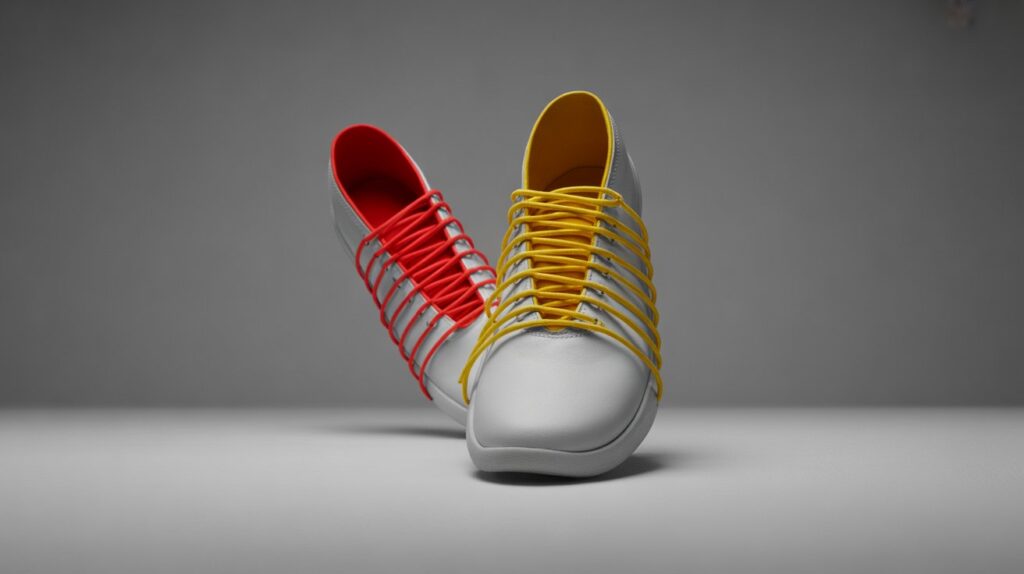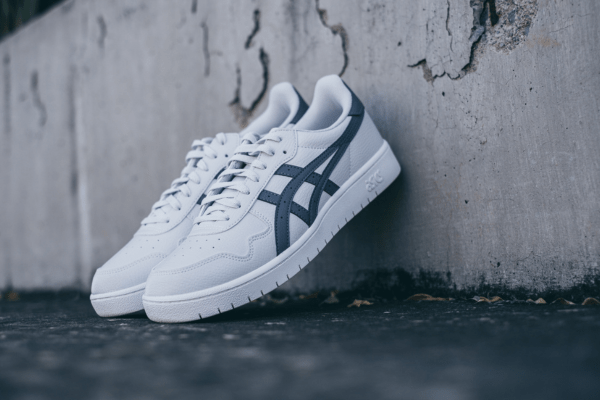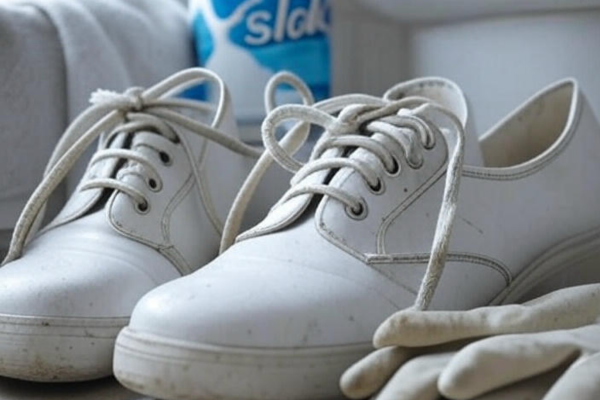1. Introduction
Advanced shoelaces techniques can do more than keep your shoes on — they can improve comfort, enhance performance, and add a unique touch to your style. Whether you want a tighter fit for sports, extra ankle support for hiking, or a bold pattern that makes your sneakers stand out, the right lacing method can make all the difference.
In this guide, we’ll walk you through five creative techniques you can try today.
2. Ladder Lacing for a Secure Fit
Ladder lacing is one of the most popular advanced shoelace techniques for people who need a strong, supportive, and tidy lace pattern. It’s especially useful for boots, high-top sneakers, and any footwear where ankle stability is important. The ladder-style pattern spreads tension evenly across the laces, helping your shoes stay secure and resist loosening during movement.
1. How to Do Ladder Lacing
- Start straight across — Insert both lace ends through the bottom eyelets from the outside so the lace lies flat.
- Go vertical — Take each end and bring it straight up through the next set of eyelets directly above.
- Form the first ladder step — Cross the laces and loop each one beneath the vertical lace on the other side.
- Repeat — Continue moving up and weaving under until you reach the top eyelets.
- Finish and tie — Pull the laces tight and tie a secure knot.
💡 Pro Tip: Keep laces flat while weaving for a clean, professional look.
2. Best Uses of Ladder Lacing
- Hiking boots — Prevents foot movement on steep terrain.
- Work boots — Maintains tightness during long shifts.
- Combat boots — Ensures durability and consistent fit.
3. Zipper Lacing for a Unique Look
Zipper lacing is one of the most eye-catching advanced shoelace techniques, perfect for sneaker enthusiasts and anyone who loves to stand out. Its intertwined, zigzag design creates a pattern that looks like the teeth of a zipper, making it both stylish and unconventional.
1. How to Do Zipper Lacing
- Start straight across — Thread the laces through the bottom eyelets from the outside, keeping both ends even.
- Begin the weave — Take the right lace diagonally across to the next available eyelet on the left, going under and over the left lace.
- Repeat on the other side — Bring the left lace diagonally across to the next available eyelet on the right, weaving under and over.
- Continue the pattern — Keep crisscrossing tightly and evenly up the shoe.
- Finish and tie — Secure with a knot or tuck for a clean finish.
💡 Pro Tip: Use two-tone or contrasting-color laces to make the pattern pop.
2. Best Uses of Zipper Lacing
- Casual sneakers — Adds style to everyday outfits.
- Streetwear shoes — Matches bold, urban looks.
- Fashion shoes — Perfect for creative expression.
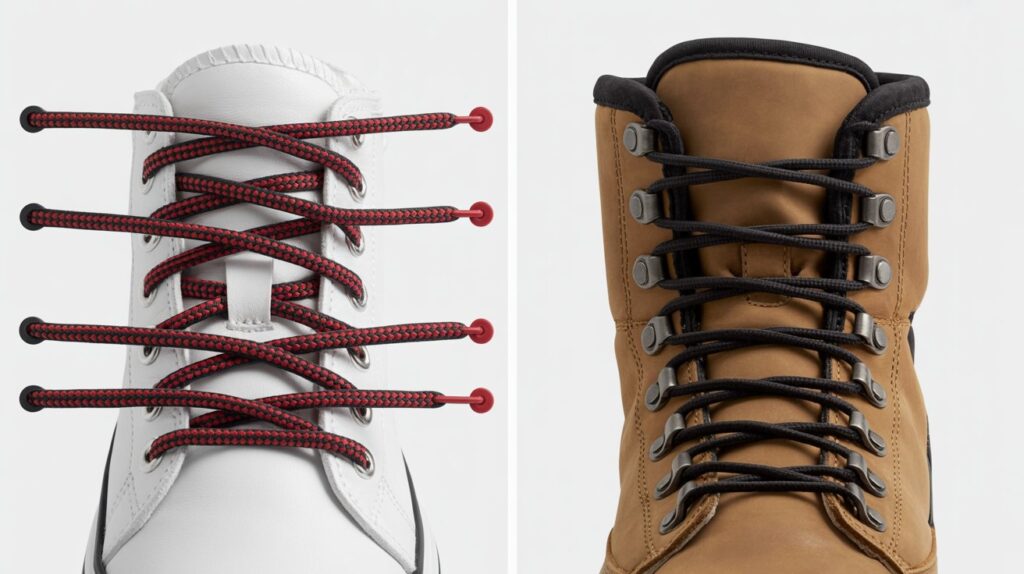
4. Runner’s Loop (Heel Lock)
The Runner’s Loop, also known as the Heel Lock, is perfect for preventing heel slippage and blisters. This method locks your heel securely in place, providing a stable fit during running, hiking, or high-intensity sports.
1. How to Do the Runner’s Loop
- Lace normally — Thread your laces through the eyelets until the second-to-last set of holes.
- Make loops — Instead of crossing the laces, feed each end straight into the top eyelet on the same side to form loops.
- Crisscross through loops — Feed each lace end through the opposite loop.
- Tighten — Pull the laces snug around your ankle.
- Tie your knot — Use a bow or double knot for extra hold.
💡 Pro Tip: Use only when you need ankle support — too much tension can feel restrictive for casual walking.
2. Best Uses of the Runner’s Loop
- Running shoes — Reduces heel lift during runs.
- Hiking boots — Stabilizes foot on steep inclines.
- Sports footwear — Helps prevent injury during high-impact activity.
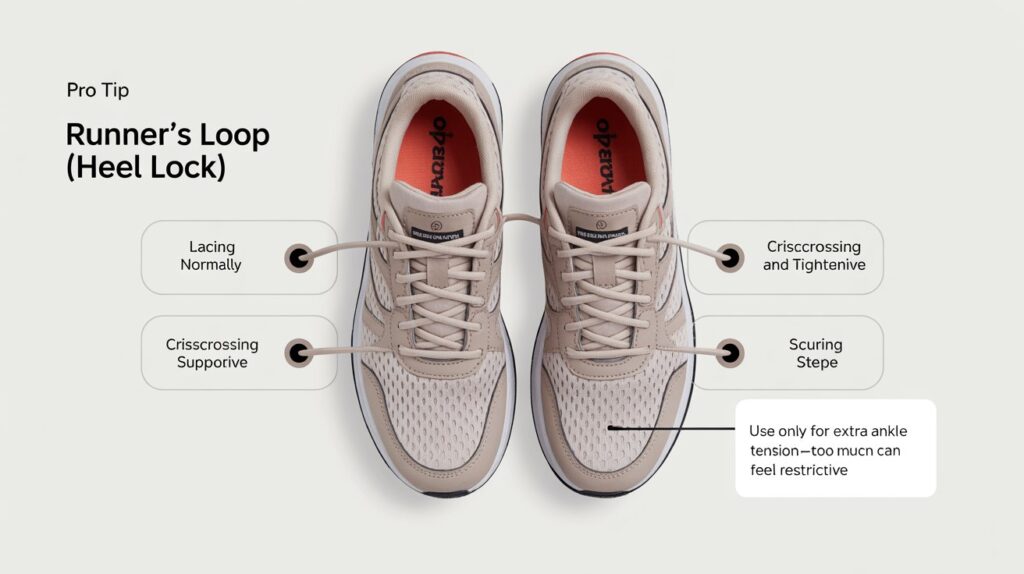
5. Double Back Lacing for Extra Tightness
Double Back Lacing is a great advanced shoelace technique for achieving an ultra-snug fit. It’s ideal for sports where foot movement inside the shoe must be minimal.
1. How to Do Double Back Lacing
- Start normally — Lace in a standard criss-cross pattern until the midpoint.
- Double back — Feed each lace end back through the same eyelets from the outside to create a tighter lock.
- Continue up — Resume the criss-cross pattern through the remaining eyelets.
- Secure — Pull snug and tie a double knot.
💡 Pro Tip: Don’t over-tighten — aim for firm but comfortable.
2. Best Uses of Double Back Lacing
- Climbing shoes — Keeps feet stable for grip.
- Ice skates / roller skates — Reduces movement inside the boot.
- Basketball shoes — Enhances midfoot support.
6. Checkerboard Lacing for Style
Checkerboard lacing is one of the boldest and most creative shoelace techniques, using two different colored laces to create a woven pattern.
1. How to Do Checkerboard Lacing
- Choose laces — Pick two flat laces in contrasting colors.
- Horizontal base layer — Use the first lace to go straight across on every row from bottom to top.
- Vertical weave — Use the second lace to weave over and under the horizontal rows.
- Adjust symmetry — Ensure even “squares” by tightening or loosening sections.
- Secure ends — Tuck inside or tie a hidden knot.
💡 Pro Tip: Use extra-long laces for the vertical weave.
2. Best Uses of Checkerboard Lacing
- Vans and skate shoes — Perfect for streetwear.
- Casual sneakers — Adds vibrant color.
- Fashion showcases — Ideal for photo shoots or displays.

6. Conclusion
Shoelaces are more than just a way to keep your shoes on — they’re a tool for improving fit, boosting performance, and expressing personal style. From the firm hold of Ladder Lacing to the bold flair of Checkerboard Lacing, there’s a method for every need.
Experiment with different techniques to find your perfect fit — whether for hiking, sports, or making a fashion statement.
1. What are advanced shoelaces techniques?
Advanced shoelaces techniques are creative or functional lacing methods that go beyond the standard criss-cross pattern. They can improve shoe fit, enhance comfort, and add unique style.
2. What are advanced shoelaces techniques hard to learn?
Not at all. Most can be mastered in just a few minutes with step-by-step guidance, and some require only small adjustments to your usual lacing method.
3. Which advanced shoelaces techniques are best for sports?
For sports, the Runner’s Loop and Double Back Lacing are highly recommended. They offer better heel lock, extra tension, and improved stability during physical activity.
4. Can I use advanced shoelaces techniques on any type of shoe?
Yes, but some techniques are better suited for specific shoes — for example, Ladder Lacing works great for boots, while Checkerboard Lacing is ideal for casual sneakers.
5. Do I need special shoelaces for these techniques?
Not necessarily. However, certain styles work better with flat laces (for decorative patterns) or round laces (for durability and outdoor use).

